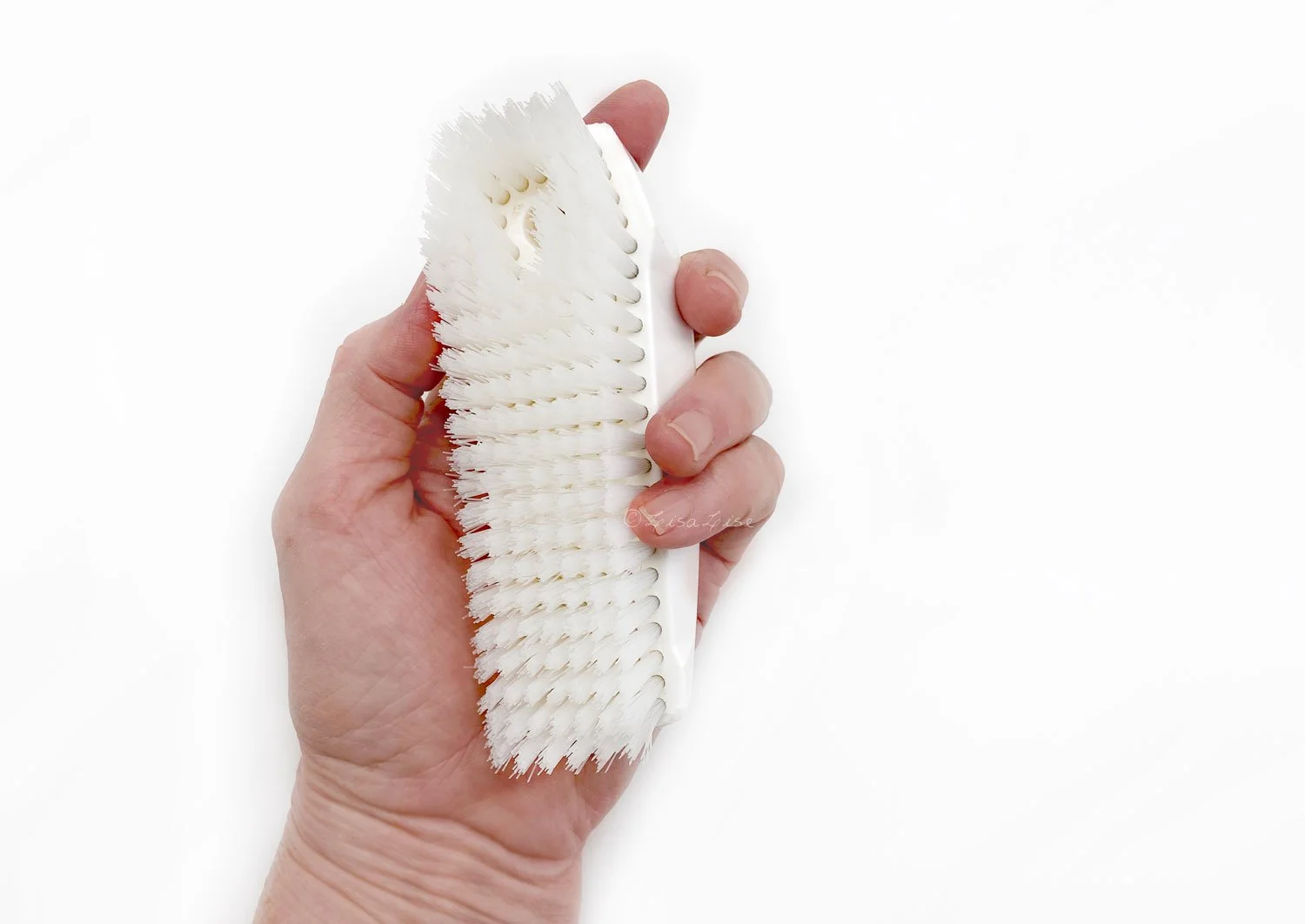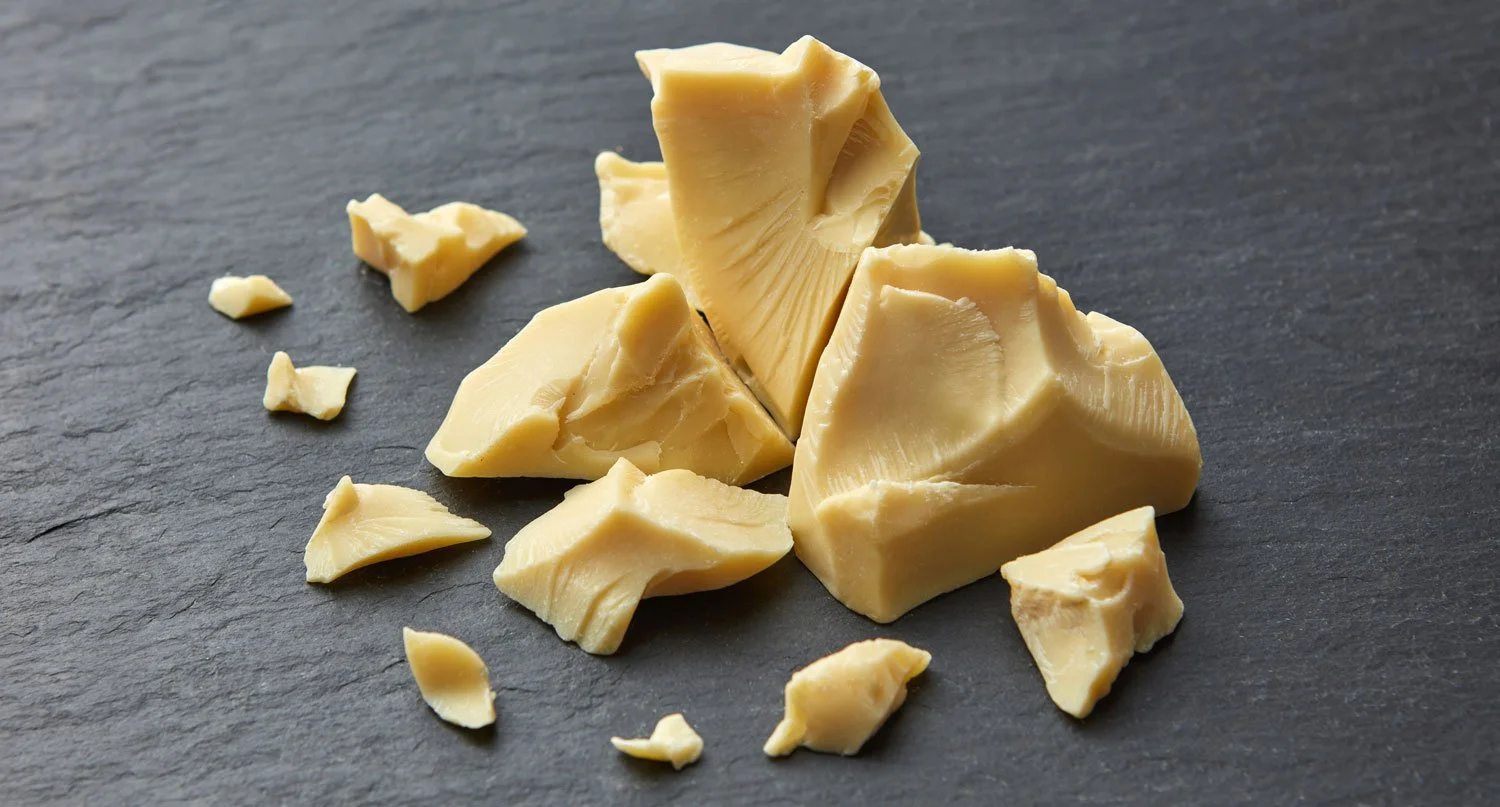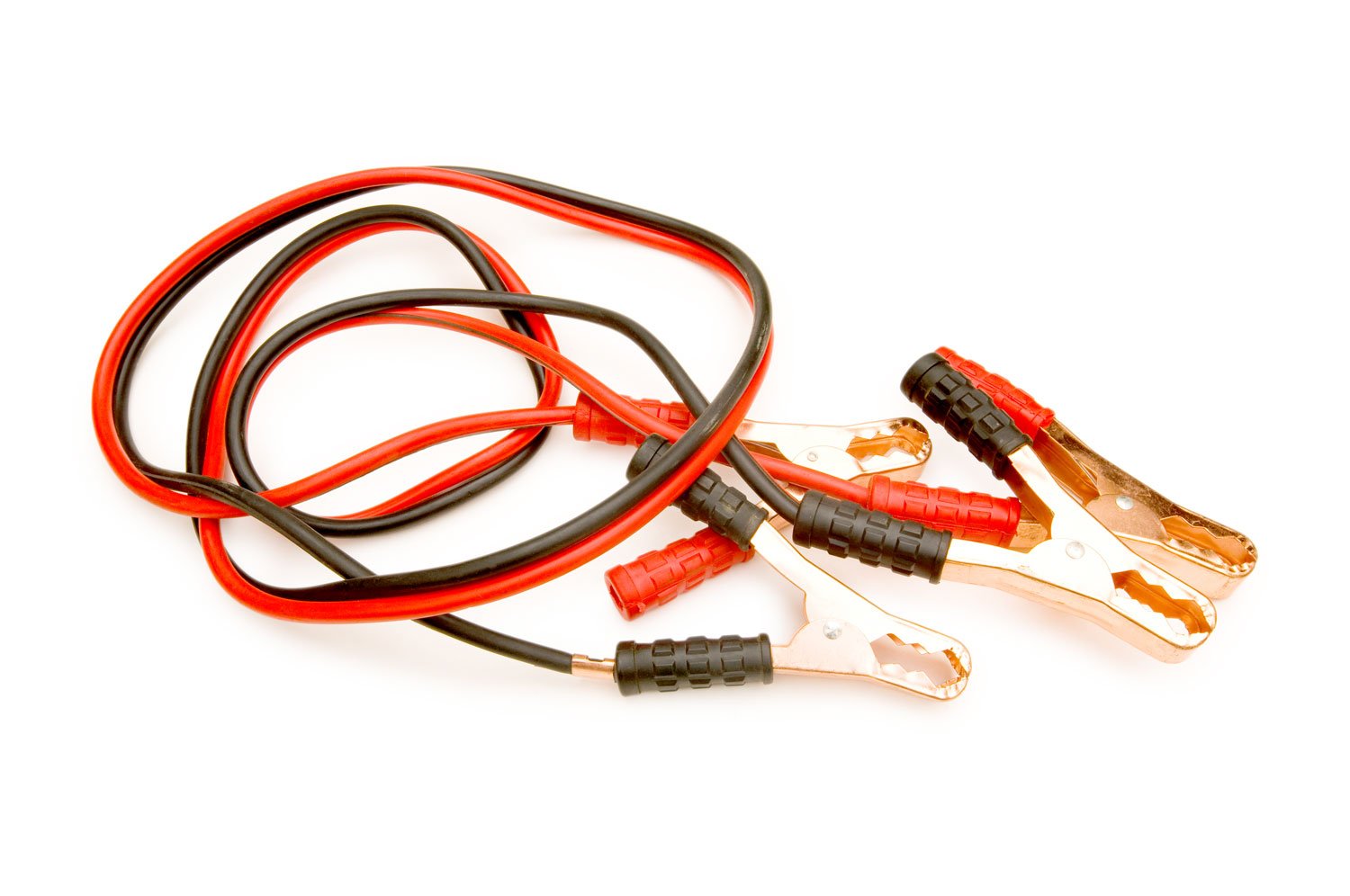How to Have Fabulous Feet Forever
Lise
A good friend asked me if I had any good foot care tips (which I did and shared with her). After having tried goodness knows how many methods for keeping feet looking and feeling great, I thought I’d share my own tried and true method with you today.
If you are struggling with thick skin build-up on your feet (otherwise known as 'cheese rind heels'), this method should be quite useful to you. Depending on how bad your feet are to begin with, this beauty treatment can cost you as little as the price of a brush to as much as the price of one foot-treatment plus one brush.
Start by Ditching The File
Despite what many may believe, foot files do more damage than good. The instrument functions by grating and tearing the surface of the skin which only makes things worse. Filing your feet only encourages an increased production of hardened skin (I have this on good authority from a couple of foot-treating pros). It doesn’t matter if you are using a fancy schmancy brand named tool, the function is the same: results that unfortunately only exacerbate the problem.
If your heels are really bad, start by getting the built-up, hardened skin removed by a professional. When that's done, you will be able to keep your heels smooth and supple with the following method.
Brush Your Feet Daily
Get a brush that fits well in your hand with stiffish bristles (think nail brush). If you can get an oversized nail brush, that's ideal (see mine below).
After bathing/showering while the skin is still soft, brush your heels (and wherever else the hard skin build-up happens) vigorously for a minute or 2.
The stiff bristles of the brush will remove dead skin and the brushing will encourage circulation in the feet (which also keeps hard skin build-up at bay).
Don't forget the toenails – brushing lightly around the toes will keep the cuticles back and encourage circulation.
TIP: wash the brush regularly to keep it smelling sweet. (If you don't think this is necessary, try not washing your brush for a couple of weeks and then give it a sniff. Even if you don’t have a tendancy to get stinky feet, a brush full of dead skin cells starts to smell pretty awful pretty quickly.)
Then Soften
Finish your foot care routine by applying a body butter, cream or lotion to your feet. Give yourself ample time to apply and massage each foot to work the moisturiser in.
Then put on a pair of socks. Even if you plan on wearing sandals that day, 10-15 minutes with socks will allow time for the moisturiser to sink in.
All That Takes Way too Long!
If we don’t count the sock wearing time, this entire process only takes about 5-6 minutes in total: 2-3 minutes of vigorous brushing, 2-3 minutes of moisturising.
If you can make this little routine a daily habit, your feet will repay you in spades by looking and feeling fabulous – forever.
You’re welcome.
Do Tell
Do you have any foot care tips you swear by? Please share in a comment below




















